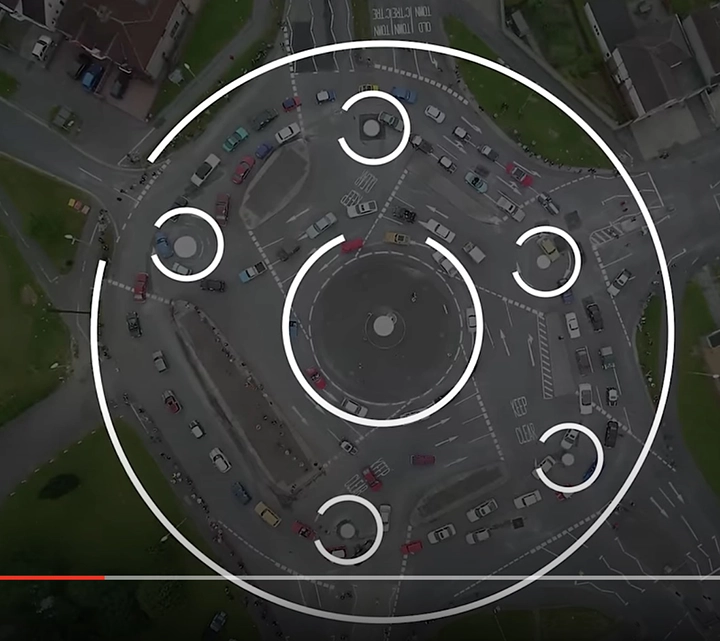Roundabouts have been proven to significantly improve safety compared to traditional traffic light intersections with similar traffic volumes. Key differences include:
- Fatalities: Roundabouts reduce fatal crashes by up to 90%. The circular layout forces vehicles to slow down, preventing the high-speed T-bone and head-on collisions that are common at signalized intersections.
- Injuries: Serious injuries are reduced by 70-80% at roundabouts. The slower speeds and fewer conflict points lead to fewer severe crashes.
- Overall Crashes: While overall crash rates are lower, with a reduction of 35-50%, the crashes that do occur at roundabouts tend to be minor, such as low-speed sideswipes or rear-end collisions.
| Crash Type | Traditional Intersection | Roundabout |
|---|---|---|
| Fatal Crashes | High (T-bone, head-on) | 90% fewer |
| Serious Injury Crashes | Common (high-speed impacts) | 70-80% fewer |
| Overall Crash Frequency | Moderate to high | 35-50% fewer |
| Typical Crash Types | T-bone, head-on, rear-end | Low-speed sideswipes, minor rear-ends |
In summary, roundabouts not only reduce the number of crashes but also significantly lower the severity of those that do occur, making them much safer than traditional traffic light intersections.





Comments are closed